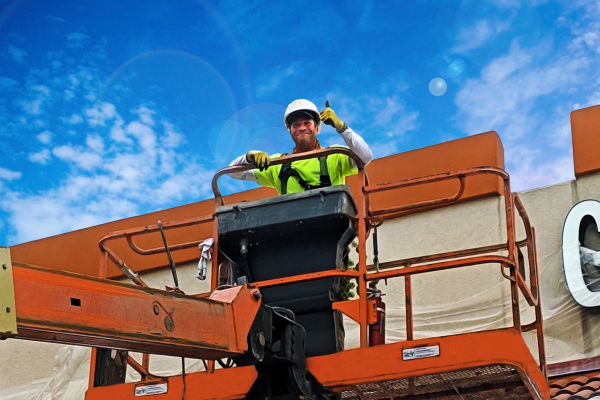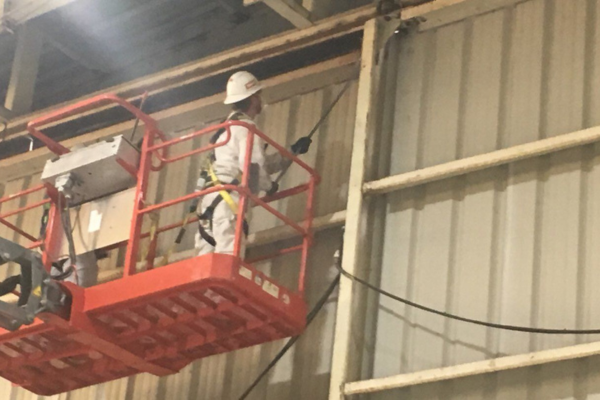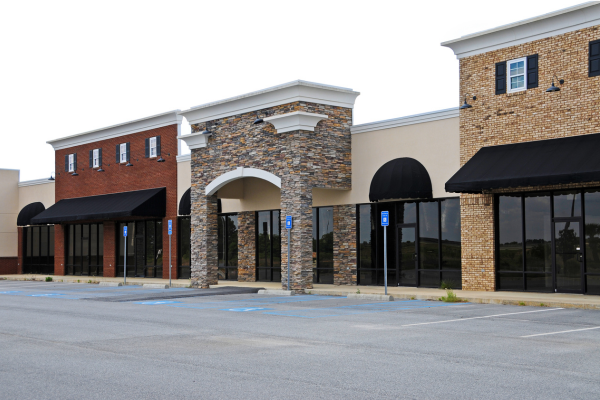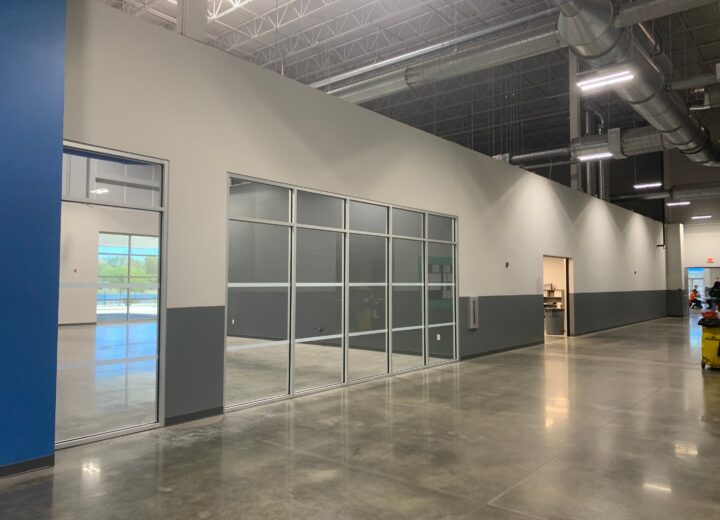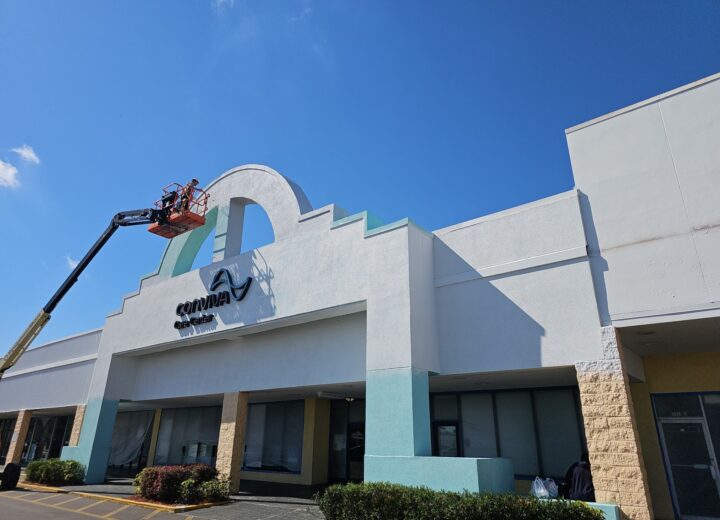
When it comes to industrial painting, every paint formula is slightly different. Depending on the needs of your application, you may choose one type of coating over another. The major difference between the two coatings will likely be the type of additives that are present in the formulation. Additives can be used to alter the natural properties of the coating and resin to provide a higher quality finished product. Here are a few of the ways that additive enhance the use of coatings in industrial painting.
Gloss
One area where additives are very apparent is in the amount of gloss that a given finish produces. Additives used in industrial painting can be adjusted up or down to create a glossier finish as needed. This is typically done by using additives that improve the flow and leveling of coating together to produce a very smooth and reflective surface. The opposite can be done if you want a low-gloss finish for any reason.
Leveling
Additives play a very important role in how the resin cures within the coating as it is exposed to air. When first applied, the coating is typically uneven due to the irregular shape of the materials within the paint. However, as it lays on the target surface, the particles slowly mesh together and form a tight seal against outside elements. If the resin dries too quickly or unevenly, it can cause bubbles, fish eyes or an orange peel texture to remain in the paint. This is undesirable because it does not provide the same strong resistance to cracking, chipping or peeling. Additives can be used to make the paint flow smoother and dry slower so that all of the particles have time to level out and bond together properly.
Stain Resistance
Some industrial paints use additives to achieve stain resistance. These additives make the finished surface less permeable to chemical agents that would cause a stain. By sealing up pores on the surface and creating a tougher barrier, it is possible to prevent discoloration and staining to a great degree.
Hardness
Another subset of additives can be used to increase the hardness of the outer resin once it is cured. This hardness ensures that any object which scuffs the surface of the coating will slide off without leaving behind a mark. This can be a very valuable property in areas where the coating is likely to be abused by industrial equipment that could otherwise damage the surface layers and expose the layers beneath.
Surface Adhesion Additives
In some applications, it is highly important that the paint is resistant to any other coatings being applied. For instance, some municipalities use coatings with surface adhesion additives to prevent graffiti from sticking to the surface of the original coating. This adds an interesting challenge if you ever wish to repaint the surface, and may require a new type of additive known as a wetting agent to help the new coating adhere to the old resistant coating.
There are dozens of additives used to change the properties of industrial paints. Some of these additives may interfere with others, so paint manufacturers are tasked with balancing the formulation to find the most beneficial qualities they can get. As you shop for paint products, it is especially important to research the various additives that are being used and how they will affect the finished surface in your facility. A painting expert can help you determine which paints are best suited to your needs and explain what each of these properties will mean in the context of your application and long-term use. For more information, contact Performance Painting today and speak to one of our paint experts.

